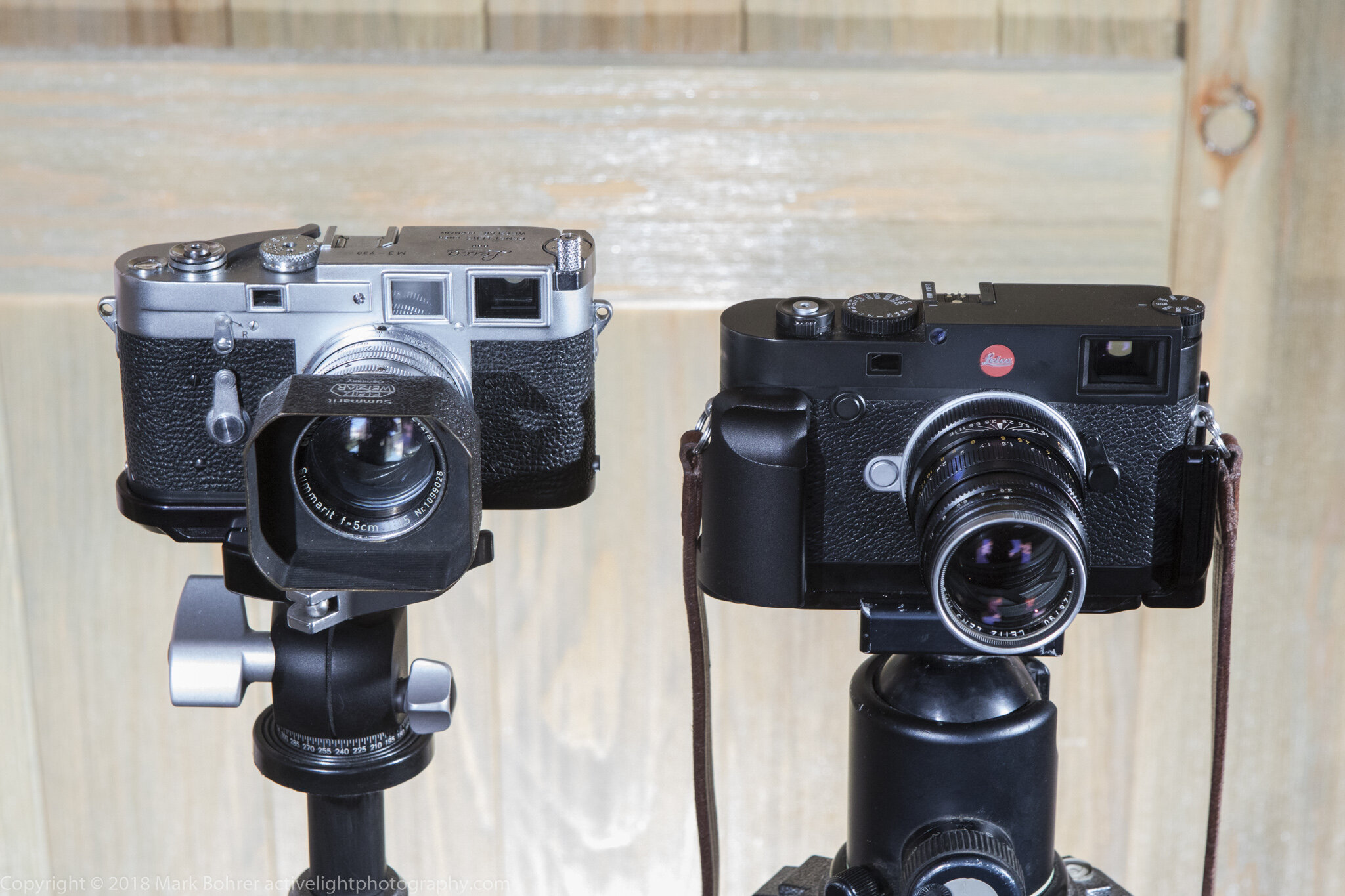Gear Acquisition Syndrome (GAS) at Christmas
Here’s The Problem…
It can strike at any time, but especially at Christmas.
And you've had it before.
You see an ad implying (or even straight-out saying) you've GOT to have Flatulon's latest aperiodic 80-800mm f/1.4 maxi-aperture ASPH ultra-sharp zoom lens, or your pictures will look hopelessly crappy. (And no one wants to show hopelessly crappy pictures to their friends and family.)
So you go out and buy one, whether you can afford it or not. Then you like the results so much that you think, "Well, maybe I need a new lens to cover the 8-80mm range. Flatulon makes a good one - I should buy it!"
A little while later, you're thinking, "Well, if I had an 85mm f/1.0 fixed prime lens, I could blur the background and shoot in really low light. And my portrait shots would look super-cool!" So what do you do next? You guessed it - you buy one of those too.
It’s called Gear Acquisition Syndrome (GAS), and it’s a common affliction for photographers.
Taylor and Jessie don’t care about camera gear.
Session Offer -
Click to book an active photo session with your furry best friend - in a gorgeous outdoor location.
************
And There Are Good Reasons (Right…)
Sometimes you have good reasons for buying more stuff. Maybe an f/1.4 prime lens gives you a look you couldn't get with a zoom. And maybe the camera's animal-eye AF tracking gives you otherwise impossible action sequences of dogs running towards you. And that same camera's in-body image stabilization, IBIS, lets you use all your classic unstabilized lenses handheld in low light. Plus it gives you a lot more immunity from camera shake with your more recent, stabilized lenses. If you shoot a lot of those pictures where you want action with the blurred background in low light, and you have clients paying for it, it makes sense.
Leica M3 and 50mm f/1.5 Summarit (1954, at left), Leica M10 and 90mm f/2.8 Tele-Elmarit-M v2 (right)
The M3 was my first serious camera, and the reason for my collection of manual-focus M-mount lenses.
Don't Be An Equipment Junky…
When I was getting started as a business photographer several years ago, a colleague told me, "Don't be an equipment junky. You can shoot saleable stuff with a $99 Yashica MAT-124 [twin-lens film camera]." He was right - you can shoot the majority of your pictures with inexpensive good gear. But having the right equipment for certain subject types and locations makes it much quicker and easier. Still, it's easy to go overboard.
When my photo dealer was unable to deliver Canon's new EOS R5 for several months after I ordered it, I purchased a Leica SL2, for the other photo system I had some older manual-focus lenses for. The SL2 also has IBIS and offers good autofocus capability. However, it's very difficult to follow-focus with manual lenses and capture sharp action.
…Unless You Can Afford It.
I had just received an unexpected inheritance (Thanks, cousin), so I bought a new Sigma 85mm f/1.4 DG DN Art lens for the SL2. I was so impressed with that lens for dog portraits that I bought Sigma's 100-400mm f/5-6.3 DG DN C zoom too. I had a Schutzhund dog sport trial coming up where I needed extra shooting distance, so I used the 100-400mm on the Leica SL2 and RF 24-105mm f/4L IS and RF 70-200mm f/2.8L IS zooms on an older EOS R to shoot it. Those lenses helped me get some great pictures, even without the EOS R5's animal eye tracking.
When the R5 finally arrived, I started capturing action sequences I could never get before. And I kept the SL2. It gave me a second camera with IBIS, using some of the best lenses in the world.
That's my excuse, anyway...
Merry Christmas, everyone!


